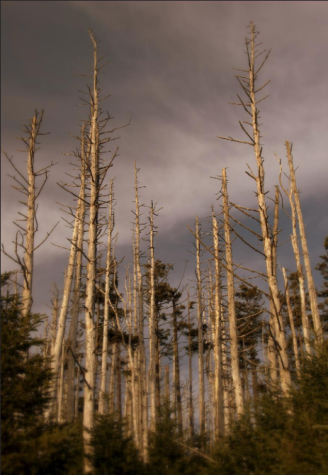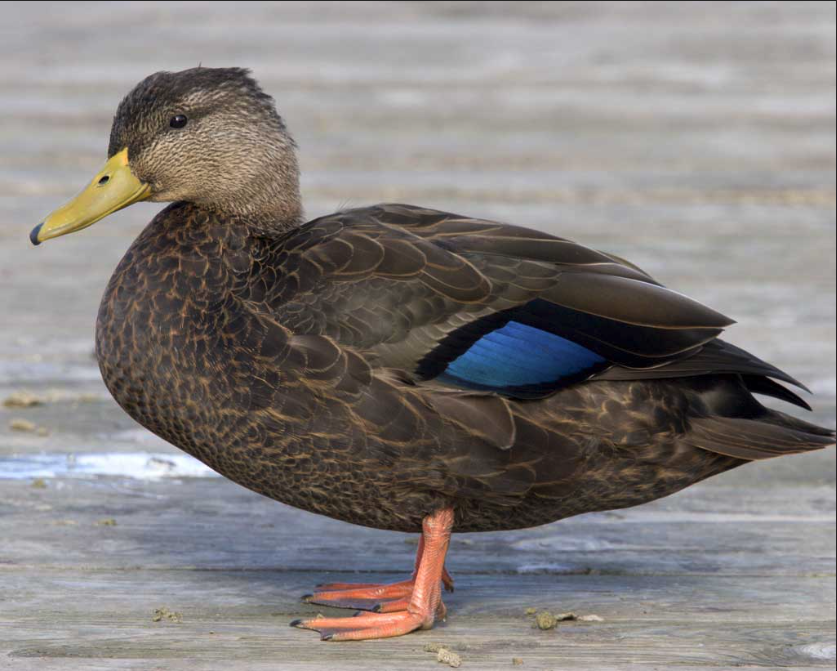THE EFFECTS OF AIR POLLUTION ON ANIMALS
Here’s how pollution has a devastating effect on animals.
How Does Pollution Affect Animals?
All different animals can be affected by pollution—it doesn’t have anything to do with their size. Animals are different from humans; they depend on oxygen that comes from the air, so if any contamination in the air has occurred, harmful gases are inhaled by them. Although animals come in different shapes and sizes, depending on oxygen, experts have agreed that pollution affects animals in the same way as it would to humans. The pollution that animals inhale over a specific period of time can collect in their tissues, which causes damage to their organs. Animals do not only inhale all of the harmful gasses from pollution but contaminants, which come from food and water, are absorbed through the skin.
Types of Air Pollution
Air pollution is a major global concern. It’s important for people to be familiar with different kinds of pollution and how it affects not only humans but animals too.

Acid Rain: Acid rain is when water droplets in the clouds combine with acidic air pollutant, which turns the water acidic. When the droplets hit the ground, the acid rain causes damage to the environment. Not only does the acid rain harm animals, but it also has an effect on trees. The acid rain soaks into the ground and then the soil no longer becomes fit for the habitat and other living things.

Thinning Ozone Layer: Air pollutants like CFCs have been known to destroy parts of the ozone layer. This is located in the stratosphere layer of the atmosphere, which is the ozone layer. The stratosphere shields the planet from ultraviolet radiation from the sun. Ultraviolet radiation harms the wildlife and damages plants. It can also cause skin cancer in humans.

Global Warming: The planet is warming more and more rapidly than expected due to greenhouse gases, which are carbon dioxide, methane, nitrous oxide and water vapor. These gases are released into the atmosphere from air pollution.

Tropospheric Ozone: Ozone molecules show up near the surface of the Earth, which leads to air pollution. When ozone molecules are near the ground, it causes damage to the lung tissues of animals.
How to Help Protect Animals
We can do our part to keep our pets in our homes, safe from the air. You can do this by keeping your home well-ventilated. Additionally, you could add some air purification. We can’t protect wildlife animals, but it’s a step towards the right direction to protect our loved pets’ health. When it comes to this, there is only so much you could do for your part. These are some things to consider to help save the Earth and animals: use less energy, take away the number of materials and packaged items you use, reuse anything as much as possible, and, ideally, recycle.

Duck:
Pollution:
Acid Rain:
Global warming:
https://www.bing.com/images/search?view=detailV2&ccid=LwgzT4d3&id=D13C90382233161E5A7A440DC35B8548C93B1865&thid=OIP.LwgzT4d3ZlrJfiGLrmZODgHaIE&mediaurl=http%3a%2f%2fcowgernation.com%2fwp-content%2fuploads%2f2017%2f09%2fglobal-warming.jpeg&exph=872&expw=800&q=global+warming&simid=608052043247389916&selectedIndex=0&ajaxhist=0
Thinning Ozone Layer:
Animals:
Articles I have used that helped me:
https://www.worldwildlife.org/threats/pollution
https://sciencing.com/pollutions-effects-animals-5292091.html
https://www.care2.com/causes/5-ways-water-pollution-is-killing-animals.html
https://www.indiacelebrating.com/article/article-on-pollution/
https://www.reference.com/science/pollution-affect-animals-4816f1bc3465f005







